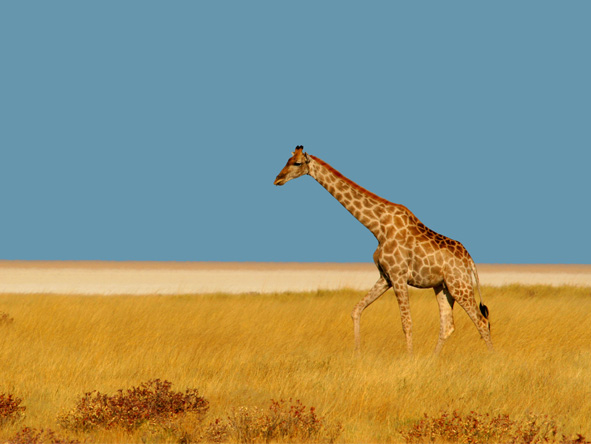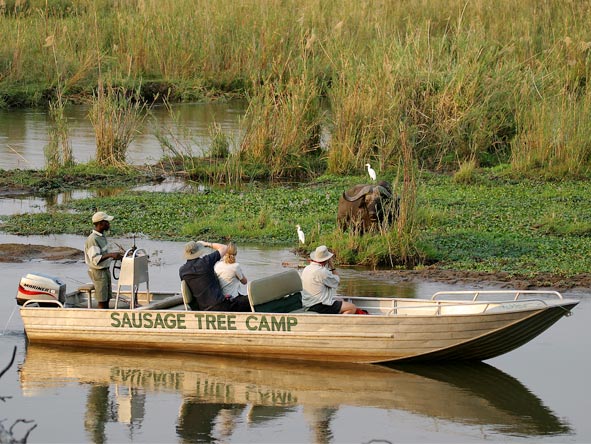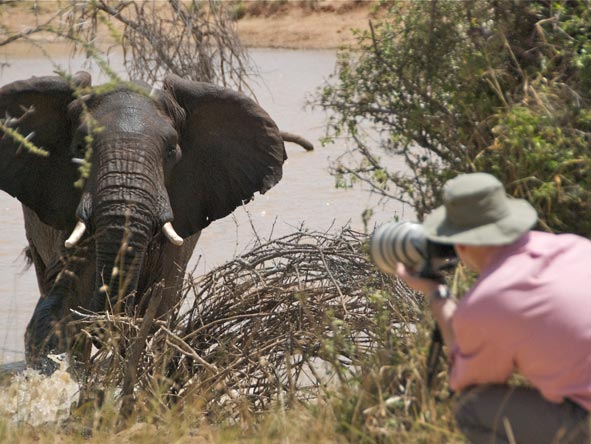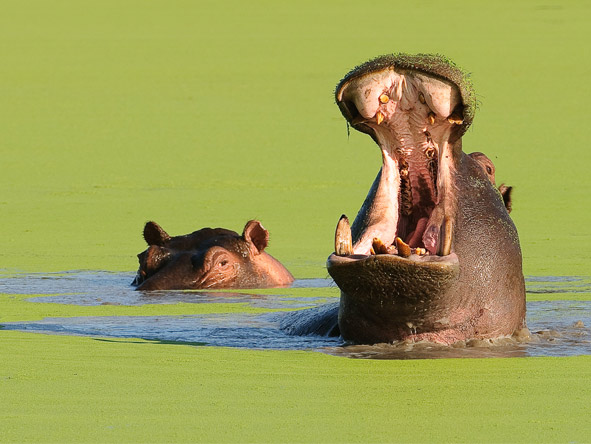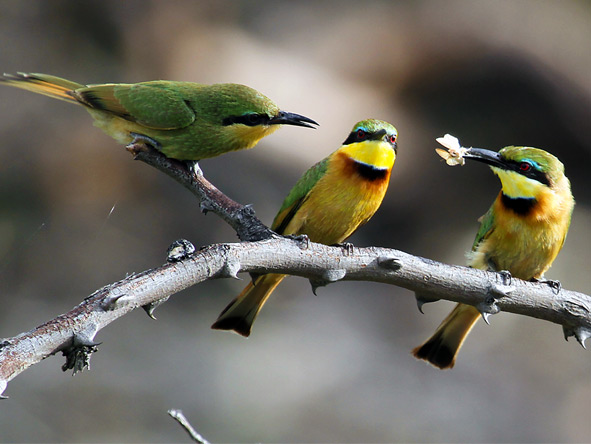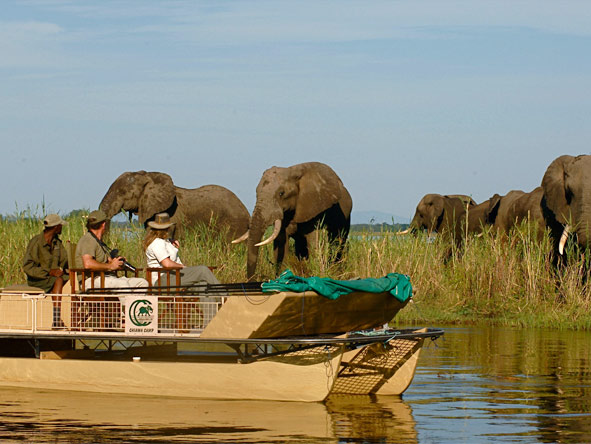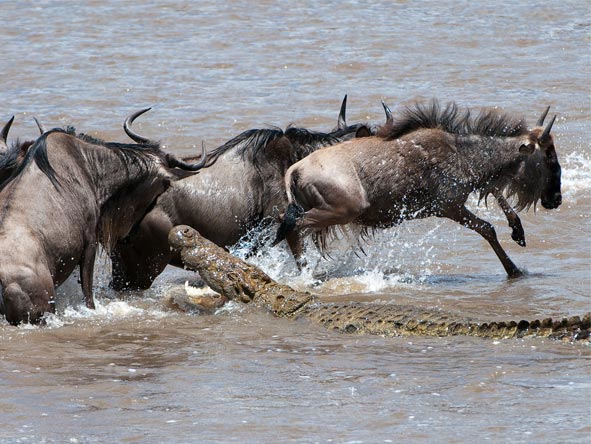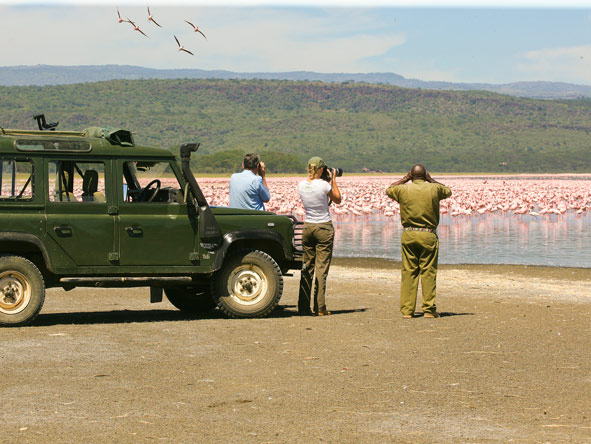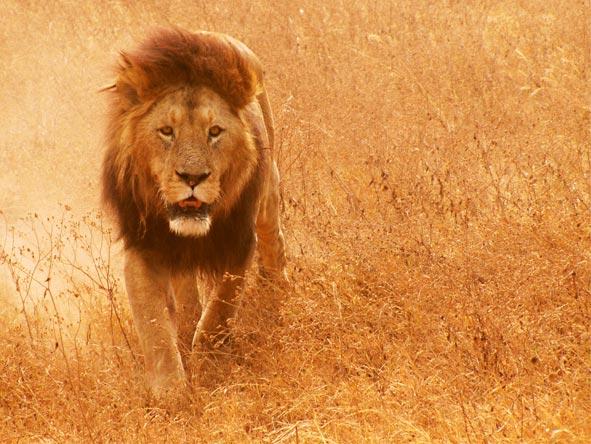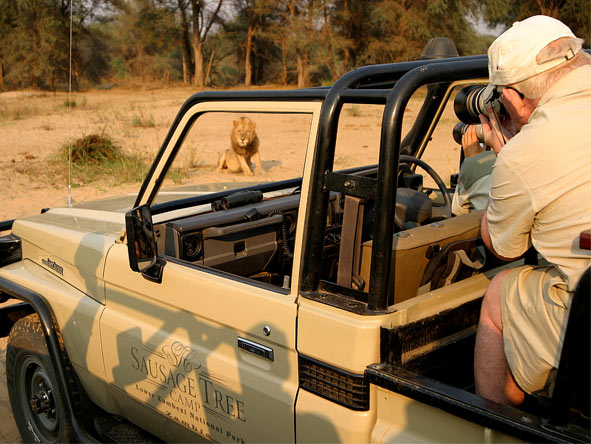Photographic Safari Travel Advice
A photographic safari to Africa involves a commitment of time and, most likely, a considerable investment in your gear. Make sure you enjoy maximum returns by following our photo-safari travel advice – tap into our expert knowledge by browsing blogs by our photographer at large, Ryan Green:
- Top Tips: Photographing the Big 5
- How to: Shoot African Landscapes
- How to: Photograph Animals on the Move
- How to: Photograph Birds on Your Safari
- How to: Shoot in Low Light and After Dark
When to Go
If you want to zoom in on Africa’s most famous spectacles, such as the Great Wildebeest Migration in East Africa, then you need to book your photo-safari in the right season. Peak season game viewing in Kenya and Botswana, for example, means superb wildlife sightings but crowded reserves.
The best time for easy game viewing is usually in the dry season when game is concentrated around waterholes. Unfortunately, the dry season means long days of bleached blue skies, harsh light and dusty conditions. As a result, many professional wildlife photographers consider Africa’s quieter “green season” – usually the rainy summer months of the year – to be the best time to photograph game. Visitor numbers are low, reducing the crowds at each sighting and the light is softer and more luminous under skies regularly filled with dramatic cloud formations.
There is more water around too, which makes for lusher landscapes and tender summer grasses that trigger the massed birthing of antelope fawns. The light is softer, the days are longer, the reserves are quieter and you get far more value for your travel Dollar.
What to Pack
Packing for a photographic safari requires more thought than packing for a simple holiday. Standard safari rules apply: pack lightweight clothing that you can layer for warmth in the early morning and evenings and keep the colours muted, earthy tones with no busy patterns of highly contrasting colours. Since there are limitations on the size and weight of your bags when you transfer between lodges or reserves by light aircraft (the most common way of reaching multiple safari destinations in one itinerary), make use of lodge laundry services to minimize how much clothing you pack and save space for your gear.
It is always a good idea to carry a small ‘point-and-shoot’ camera (or use your mobile phone) for candid moments and the occassional, inevitable selfie for your social media. A big DSLR is often unwieldy to capture quick snaps of people or those in-transit moments that surprise you.
For specific advice on packing your camera gear, read our blog ‘Packing Your Camera Bag for Safari’.
What to Do Before You Leave
If you are fairly new to photography or have rewarded yourself with a new camera, spend some time getting to know its technical settings and familiarise yourself with shooting under various outdoor conditions in your home city – try shooting in a park or capturing candid images on the street.
We share some tried-and-tested tips in our blog ‘Pre-Safari Prep: How to Get the Most From Your Camera’. For beginners and experienced photographers, we highly recommend a pre-safari photography workshop if your itinerary includes Johannesburg – ask your African Safari Expert for details.
What to Expect on a Photo Safari
Unlike a generalist safari which aims to please general tastes and interests on a game viewing activity, a specialist photographic safari has a specific goal shared by all the participants. Your fellow travellers will be as keen as you are to get the perfect shot and, although your individual interests may vary from birds to big cats, the group dynamic is relaxed and empathetic. Everyone gets a window seat, everyone gets professional attention, and each traveller has patience for the other’s special interest.
You do not need to be an expert photographer: our photo-safari partners include Africa’s top photographer-guides who are passionate about sharing their knowledge and developing your skills – their goal is to help you get that once-in-a-lifetime image.

